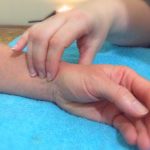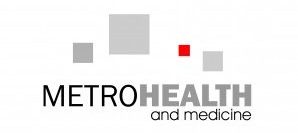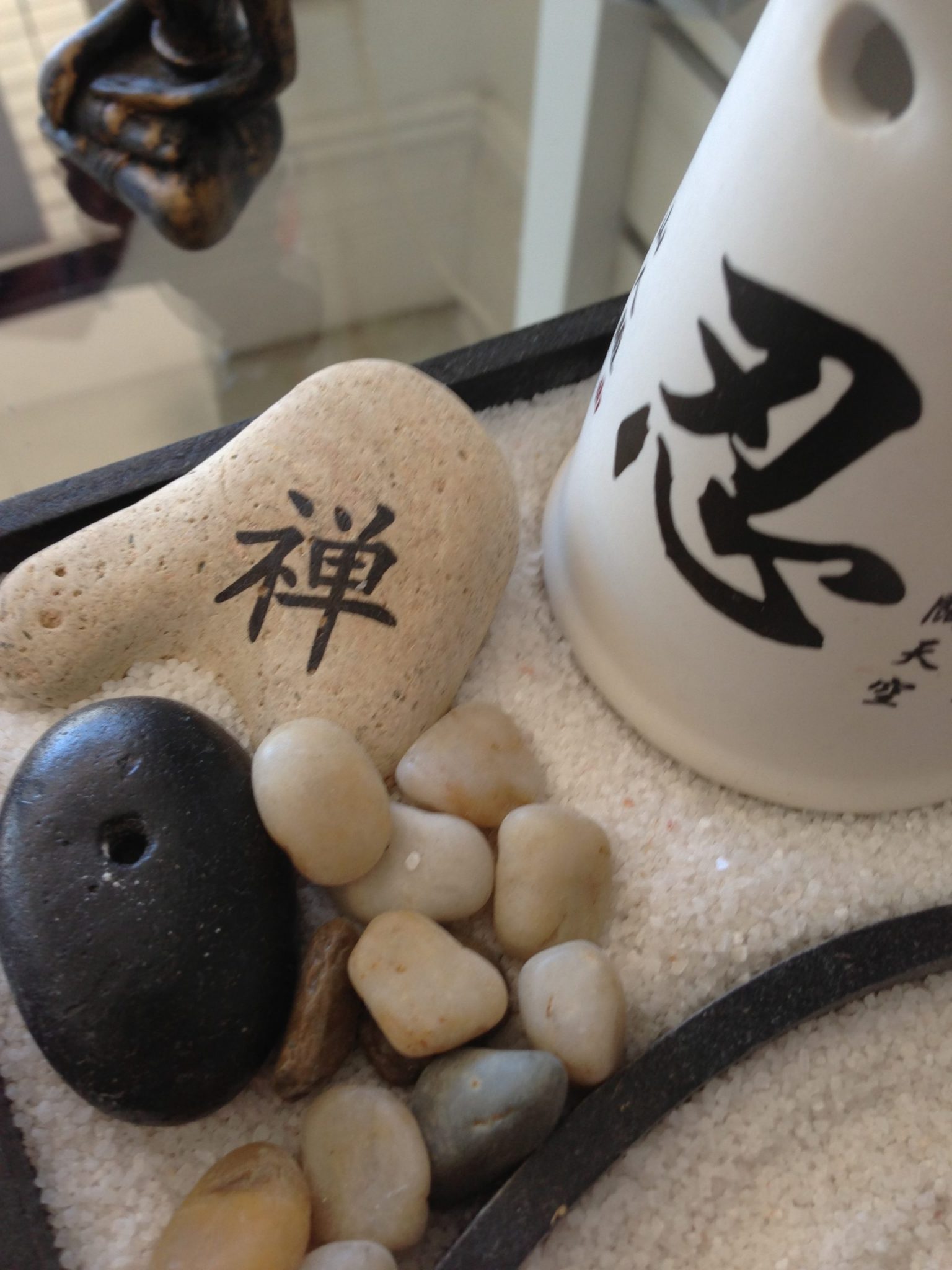What is the Chinese Medicine Diagnosis?
 This is the fundamental key of any good treatment is to start with the right diagnosis, and Chinese Medicine is no different. As it’s a different system of medicine altogether seperate from Western medicine (or biomedicine) the cause of a patients symptoms will be seen differently.
This is the fundamental key of any good treatment is to start with the right diagnosis, and Chinese Medicine is no different. As it’s a different system of medicine altogether seperate from Western medicine (or biomedicine) the cause of a patients symptoms will be seen differently.
The methods used to make a Chinese medicine diagnosis traditionally involve four aspects. Practitioners may use some or all of these for various conditions depending on what is required:
- LOOKING
- ASKING
- SMELLING
- PALPATING
Looking involves detailed, mindful observations of the person as a whole and also of particular areas. It can include looking areas that are injured or sore as well as things like tongue diagnosis. Looking at the way the person moves, walks can yield important diagnostic information.
Asking is about the question asking process. A practitioner may want to know details about your body that are seemingly un related to your main complaint, but in Chinese Medicine there are many important inter-relations within your body and mind.
Smelling is a traditional aspects of diagnosis which, by itself might seem a little strange, but smells of your body can give practitioners useful diagnostic clues. Mostly the practitioner will ask the patient about how body functions smell.
Palpating is a vital aspect of Chinese Medicine which includes palpating areas of the body that are affected by disharmony, or trauma – for example if you have a stiff neck or back the acupuncturist will usually want to palpate that area before doing treatment. Palpating sore points or tender acupuncture points is also common.
Pulse diagnosis is the most common use of “palpation” in the clinic.
What is pulse diagnosis?
It might seem a bit strange that Chinese medicine practitioners focus so much on one area of your body. Pulse diagnosis isn’t woo woo or some mystical psychic reading, its one of the oldest diagnostic methods, and, provided the practitioner has skill, the most reliable source of information on your body. Pulse diagnosis tells your practitioner exactly where it is at right now. Everything you have done to yourself – foods you ate, exercise, drugs/medications taken…that’s all reflected in your pulse.
In a nutshell, herbs prescribed according your pulse diagnosis are exactly what your body is needing at that moment.
Common responses by patients experiencing pulse diagnosis for the first time is that it seems like a long time to take the pulse. In Chinese Medicine there are around 28 different kinds of pulses – these are different shapes, speed, length and depth. There are also 3 different positions on each wrists, 3 different depths as well as different organs represented on each wrist – so it’s much more complicated than simply counting the number of beats per minute. It takes years of attention to study and practice to become skilled enough to ascertain the right information.

